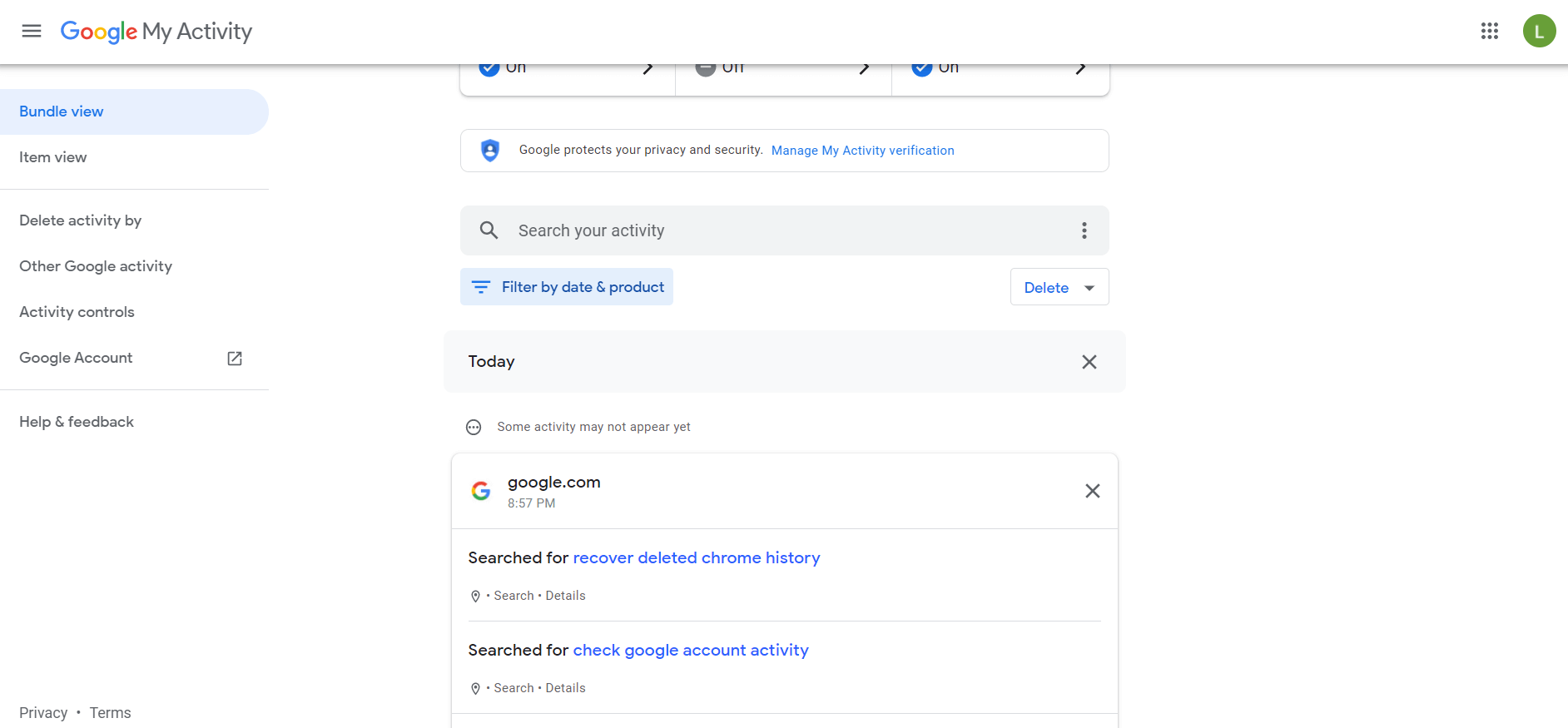

As he says, “It basically does the same thing as the spreadsheet formula in your post.” #!usr/bin/python Reader Darlyn Perez wrote me to offer his Python script to convert a Webkit timestamp into a regular timestamp.

USER/Library/Application Support/Google/Chrome/Default/History In order to retrieve your Chrome history for analysis within a spreadsheet, (and if you’re using OS X) do the following: Thus to convert from Webkit Format to a generic Unixtime, divide by a million to get seconds, then subtract the number of seconds between and ( 11644473600). Rather, it uses a timestamp of microseconds since. In order to poke my brain to remember a site I figured out how to hack my Chrome History, and learned that Webkit doesn’t use Unixtime.


 0 kommentar(er)
0 kommentar(er)
